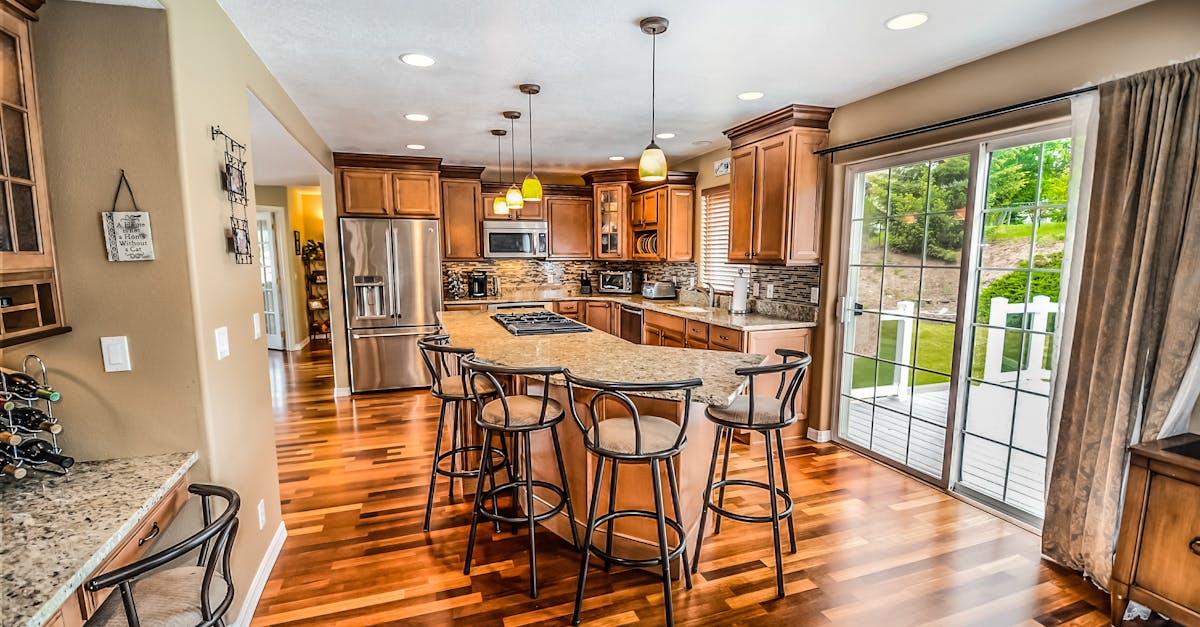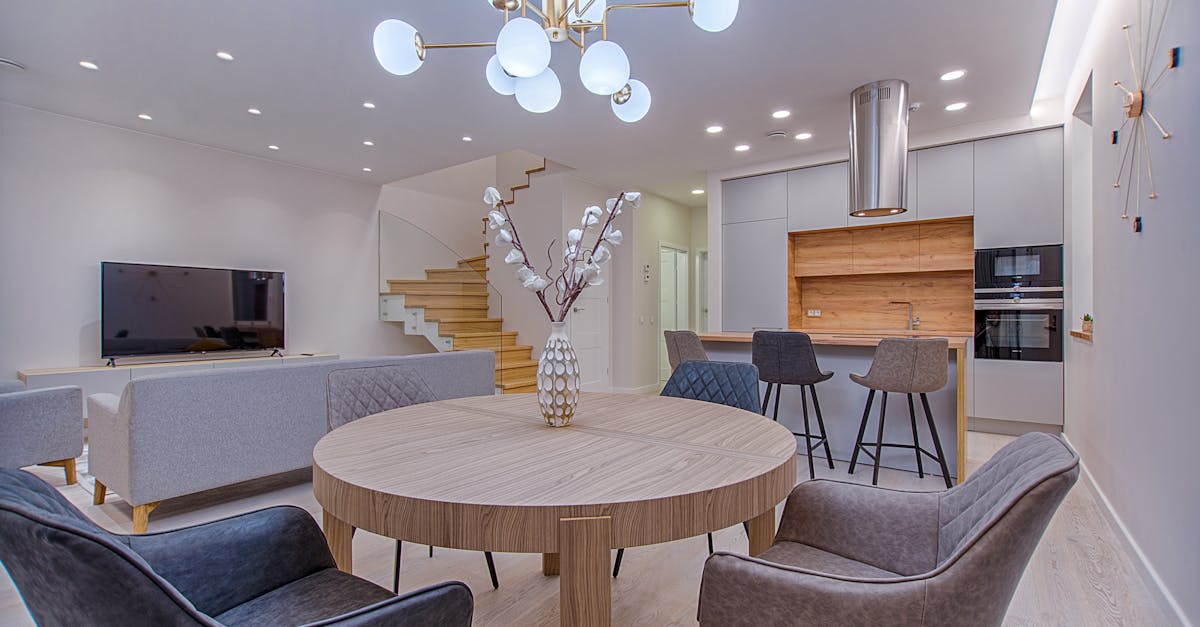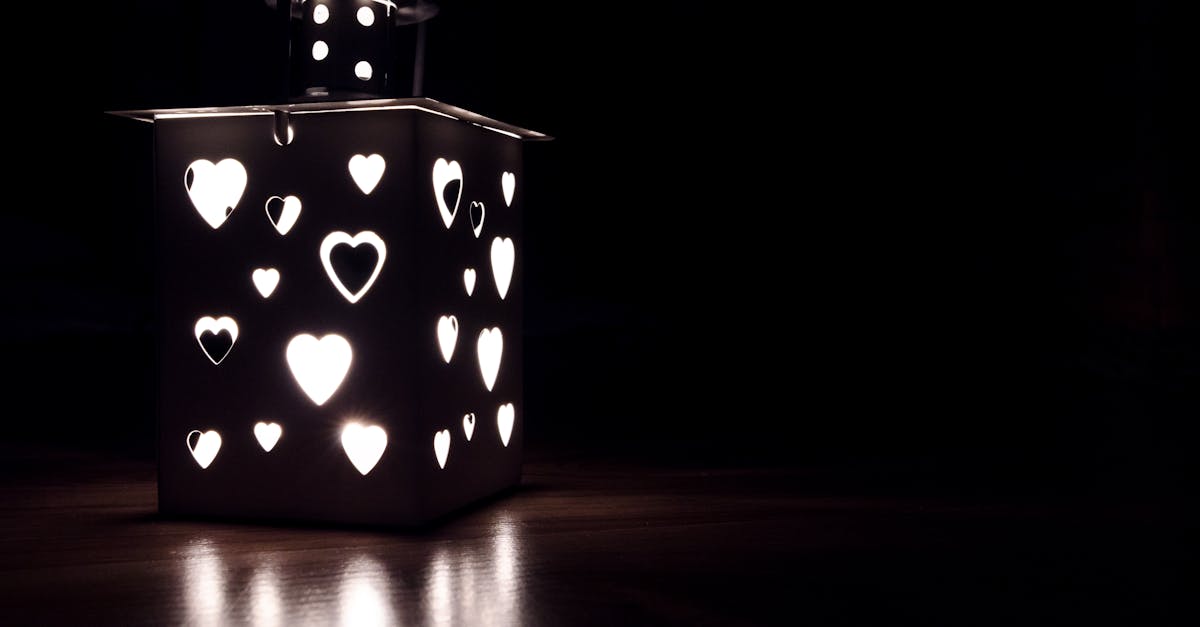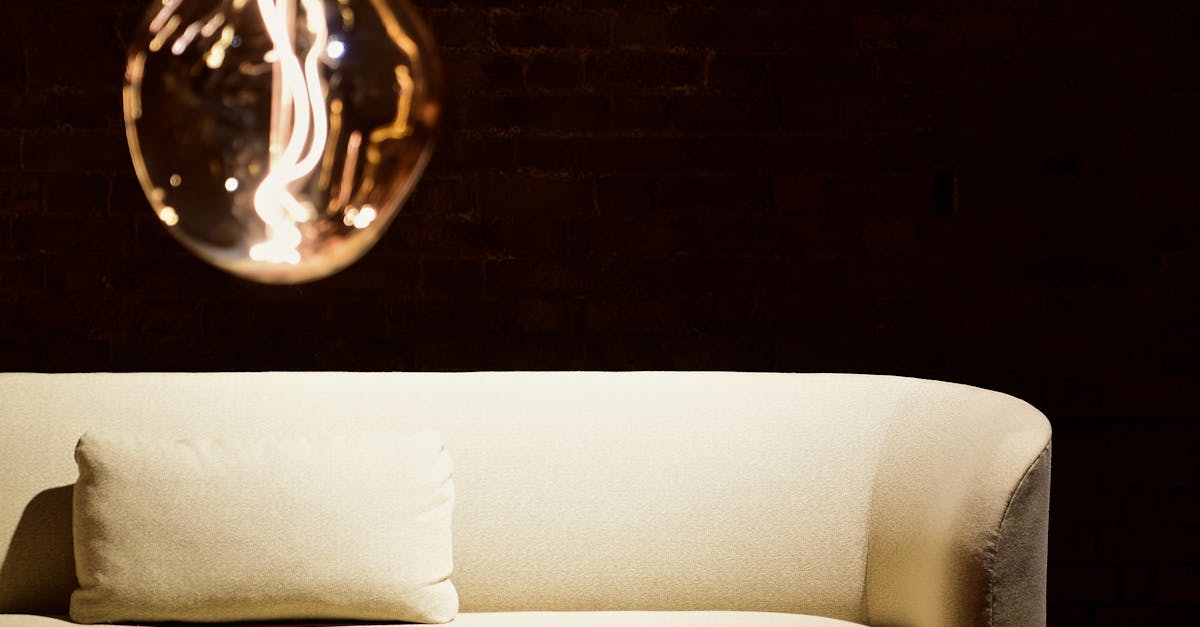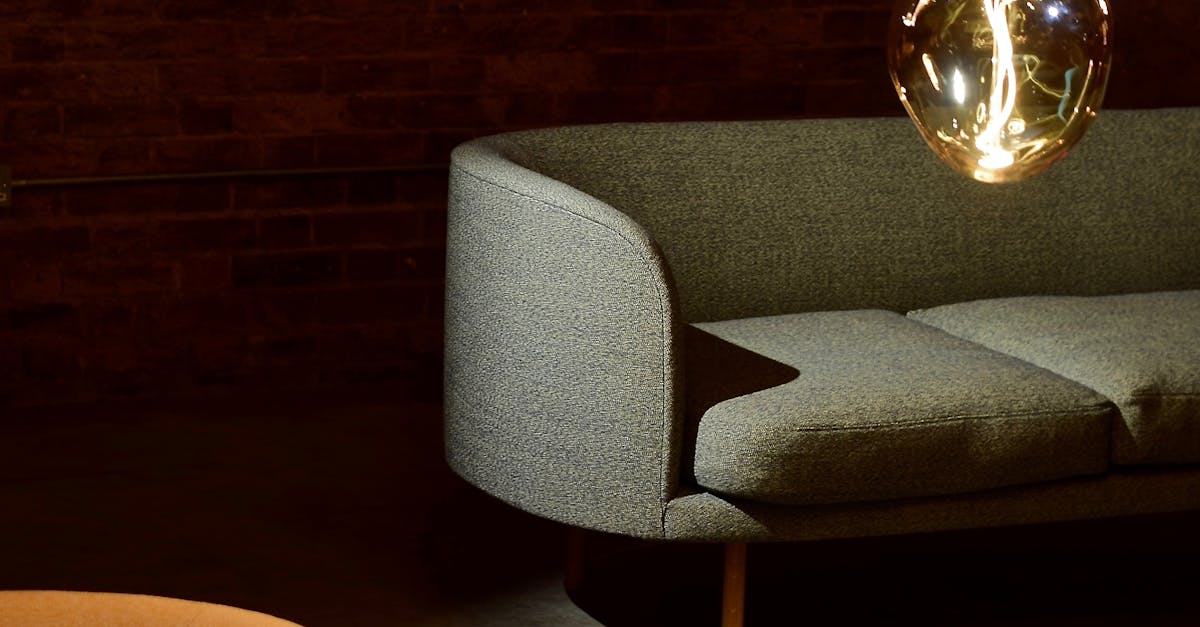
Table Of Contents
Incorporating Adjustments
Incorporating adjustments is a vital part of the lighting design process in Whitby. Once the initial design is in place, it is crucial to make necessary modifications to enhance the overall functionality and aesthetics of the lighting system. This step allows designers to fine-tune the lighting setup according to the specific needs and preferences of the space, ensuring that it aligns perfectly with the intended purpose.
Lighting Design Whitby professionals often focus on refining the design through adjustments that optimize performance. This may involve repositioning fixtures, altering light levels, or experimenting with different types of bulbs to achieve the desired ambiance and functionality. By continuously refining and adapting the lighting design, designers can create a dynamic and versatile system that meets the evolving requirements of the space it illuminates.
FineTuning for Optimal Performance
Fine-tuning for optimal performance is a crucial step in the lighting design process. This stage involves making specific adjustments to ensure that the lighting system functions efficiently and effectively in the intended space. Lighting Design Cambridge professionals focus on fine-tuning aspects such as brightness levels, colour temperature, and beam angles to create the desired ambiance and meet the functional requirements of the area.
Moreover, during the fine-tuning process, designers meticulously assess the positioning of fixtures, light distribution, and control mechanisms to achieve the desired lighting effects. By optimizing these parameters, the lighting system can enhance visibility, comfort, and overall aesthetics within the space. Lighting Design Cambridge experts emphasize the importance of fine-tuning to achieve a cohesive lighting design that aligns with the client's preferences and project objectives.
Ensuring Compliance with Regulations
Adhering to regulations is a crucial aspect of any lighting design project. Lighting Design Toronto must ensure that all installations comply with the local building codes and regulations set forth by authorities. Regulations are in place to maintain safety standards and ensure the well-being of occupants in the space. By following these guidelines, designers can guarantee that the lighting system is implemented in a way that is both safe and legally sound.
In addition to local regulations, designers must also consider any industry-specific standards that may apply to the project. These standards are put in place to guarantee the performance and efficiency of the lighting system. By staying informed and up to date on all regulations and standards, Lighting Design Toronto can deliver a high-quality and compliant lighting design that meets the necessary criteria for safety and performance.
Checking Safety Standards and Codes
Checking safety standards and codes is a crucial aspect of lighting design in Saint Catherines. Designers must adhere to local regulations to ensure the safety and well-being of occupants. By following established codes, designers can prevent hazards such as electrical malfunctions or fire risks.
When examining safety standards, designers must pay close attention to details such as proper installation, grounding requirements, and suitable materials. Compliance with regulations not only guarantees the safety of the lighting system but also contributes to the overall success of the design project. Lighting Design Saint Catherines prioritizes the implementation of safety measures to create an environment that is both functional and secure.
Maintaining the Lighting System
Maintenance is a crucial aspect of ensuring that a lighting system functions optimally over time. Regular inspections and upkeep are necessary to address any issues promptly and prevent potential failures. For Lighting Design Pickering, scheduling routine maintenance checks is essential to extend the lifespan of the lighting system and maintain its efficiency.
During maintenance checks, it is important to examine all components of the lighting system, including bulbs, fixtures, controls, and wiring. Any signs of wear and tear should be addressed promptly to prevent malfunctions and ensure safe operation. By scheduling regular inspections and upkeep, Lighting Design Pickering can minimize downtime and costly repairs while maximizing the performance and longevity of the lighting system.
Scheduling Regular Inspections and Upkeep
Regular maintenance is essential for keeping a lighting system in top condition. Lighting Design Niagara emphasizes the importance of scheduling routine inspections and upkeep to ensure that all components are functioning properly. By conducting regular checks, any issues can be identified and resolved promptly, preventing potential disruptions and safety hazards.
During inspections, all aspects of the lighting system should be assessed, from the bulbs and fixtures to the wiring and controls. Any signs of wear and tear or malfunctions should be addressed immediately by qualified professionals. Lighting Design Niagara recommends establishing a consistent maintenance schedule to proactively manage the upkeep of the lighting system and maximize its lifespan.
FAQS
What is the first step in lighting design?
The first step in lighting design is incorporating adjustments to optimize the lighting system for the specific space and purpose.
How can I fine-tune the lighting design for optimal performance?
Fine-tuning for optimal performance involves adjusting the lighting levels, angles, and fixtures to achieve the desired ambiance and functionality.
Why is it important to ensure compliance with regulations in lighting design?
Ensuring compliance with regulations is crucial to avoid penalties and ensure the safety and efficiency of the lighting system.
What safety standards and codes should be considered in lighting design?
When designing a lighting system, it is essential to check safety standards and codes related to electrical wiring, fire safety, and energy efficiency.
How should I maintain a lighting system for long-term performance?
Maintaining the lighting system involves scheduling regular inspections, cleaning, and upkeep to prolong the lifespan and efficiency of the fixtures.


